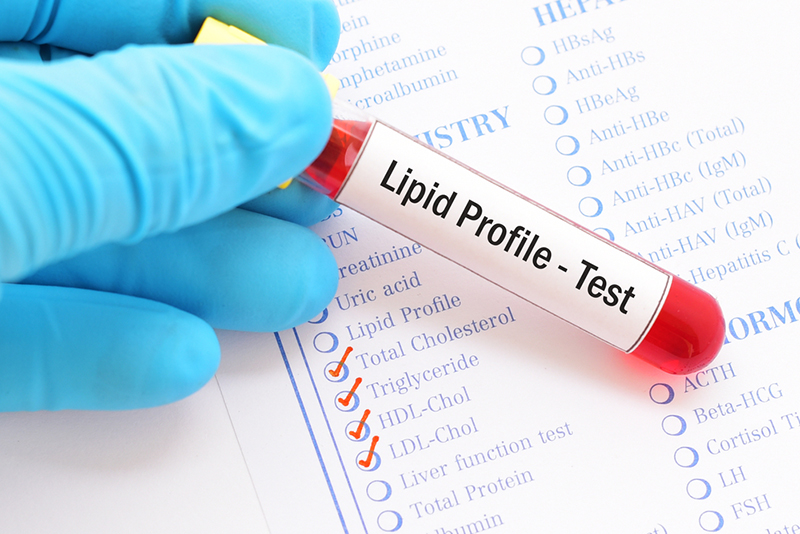Volume 31, Nº 4, July and August 2018
DOI: http://www.dx.doi.org/10.5935/2359-4802.20180034
ORIGINAL ARTICLE
Evaluation of Lipid Profile in Adolescents
Eduardo del Bosco Brunetti Cunha
Rafael Pereira Fagundes
Edson Emílio Scalabrin
Roberto Hirochi Herai

Abstract
Background: Atherosclerosis is a chronic, multifactorial and insidious disease that can begin in childhood and adolescence, and whose major consequences appear during adulthood. Serum levels of lipoproteins, such as LDL-c, total cholesterol (TC), HDL-c, and non-HDL-c can be used as a screening method for disease diagnosis. In Brazil, few studies have correlated the serum levels of those lipoproteins with age.
Objective: To evaluate the serum concentrations of TC, LDL-c, HDL-c, VLDL-c, non-HDL-c and triglycerides (TG) of adolescents aged 10 to 19 years in the municipality of Araucária, Paraná state.
Methods: Cross-sectional retrospective study, collecting the following data from 600 adolescents: age, sex and serum levels of TC, LDL-c, HDL-c and TG from June to December 2016. Data were analyzed using the SPSS software 2.0, with Mann-Whitney U test and Spearman coefficient of correlation to identify statistical significance (p < 0.05).
Results: The female sex showed higher serum levels of TC, TG and LDL-c than the male sex. The HDL-c levels were identical in both sexes, with 48% of desirable values and 52% of low values. This study identified a Strong correlation between the lipids and association with the age group of 10 to 14 years.
Conclusion: Non-HDL-c showed stronger correlation with the other lipids (TG, LDL-c and TC) as compared to LDL-c, suggesting that non-HDL-c can be used as an effective complementary diagnostic method to assess the risks for atherosclerosis in adolescents. (Int J Cardiovasc Sci. 2018;31(4)367-373)
Keywords: Dyslipidemias/epidemiology; Adolescent; Lipoproteins; Hypercholesterolemia/epidemiology.











